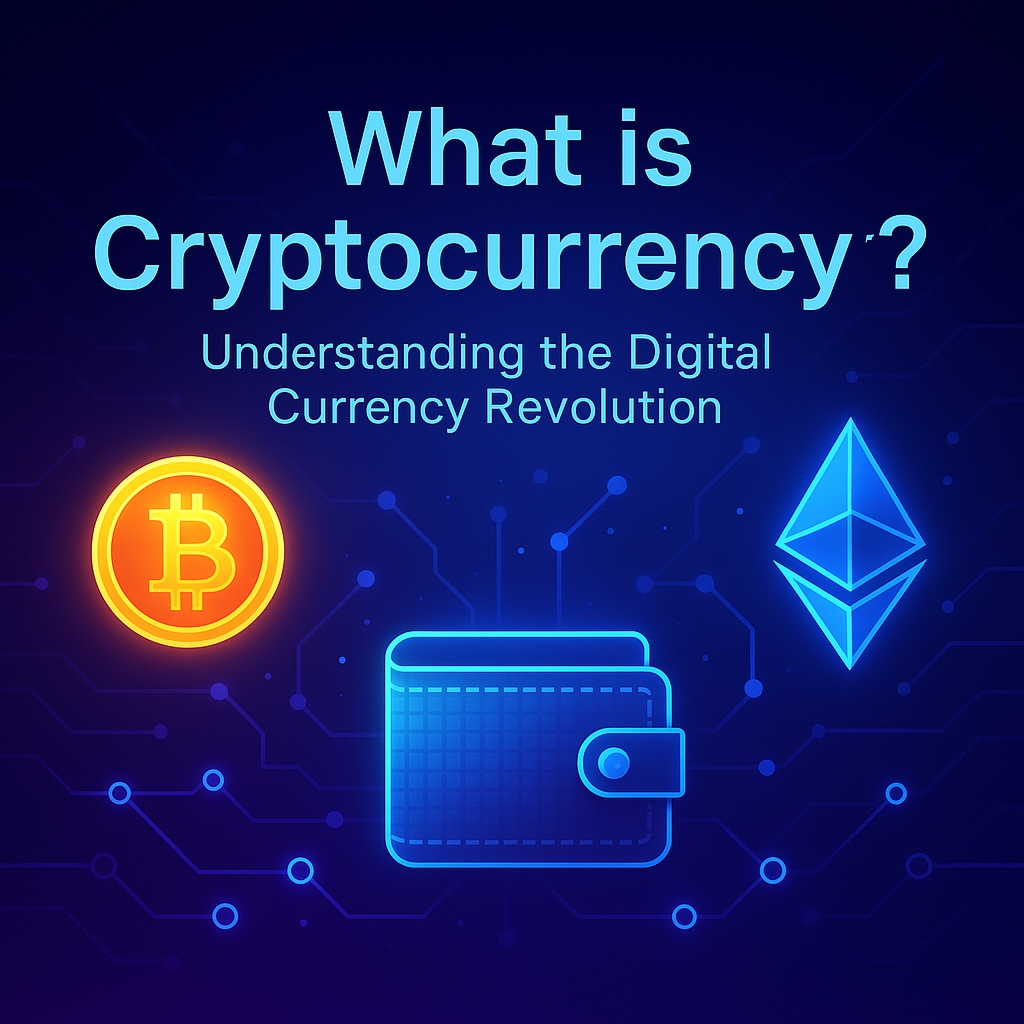Breaking News
Popular News




Enter your email address below and subscribe to our newsletter

In 2021, NFTs skyrocketed into mainstream culture, but by 2023, headlines screamed, “NFTs are dead!” Now in 2025, the question remains: Are NFTs dead or evolving?
At bit2050.com, we believe NFTs are not dead—they’re transforming into more utility-driven, secure, and immersive digital assets. Let’s uncover 7 critical truths every investor, creator, and Web3 enthusiast needs to know about NFTs in 2025.
The era of million-dollar JPEGs is largely over. Gone are the speculative bubbles, but what’s left is a foundation for real utility:
Token-gated memberships
Real estate tokenization
Music and IP rights management
Soulbound identity tokens
Reality check: NFTs are evolving from “art collectibles” to functional Web3 tools.
NFTs that do something are leading the new wave. Examples:
Access passes to events and online communities
Dynamic NFTs that change based on user behavior or achievements
DeFi-integrated NFTs for staking and yield
Explore platforms like Sound.xyz or Floor for utility NFTs.
Compared to 2021, total NFT trading volume is down. However:
Floor prices are steadier
Wash trading has declined
Collectors now focus on quality, not hype
This shows maturation, not death.
Gaming is driving NFT utility:
In-game assets and skins
Ownership of virtual land
Cross-game compatibility via NFTs
Projects like Parallel, Illuvium, and Yuga Labs’ Otherside are leading the charge.
NFTs are no longer in the regulatory gray zone:
IP ownership clauses are clearer
SEC is watching NFT financialization
Platforms like Zora are building compliance layers
This legitimizes NFTs for brands and institutions.
2025 NFTs aren’t locked to a single chain:
Ethereum, Polygon, and Solana are leading
LayerZero and Wormhole support cross-chain NFT transfers
New standards like ERC-6551 allow NFTs to own other NFTs
This evolution increases flexibility and user control.
AI is transforming NFTs:
Generative AI NFTs react to owners’ inputs
AI avatars as dynamic identities in virtual worlds
On-chain AI agents powering DAO voting
NFTs are no longer static—they’re becoming alive.
A: Not necessarily. The key is to invest in NFTs with real utility, brand backing, or long-term community value—avoid hype-driven projects.
A: Earlier NFTs were mostly digital art collectibles. New NFTs often come with access, rewards, and functionality across platforms and ecosystems.
A: Ethereum is still the leader, but Polygon, Solana, and Layer 2s like Arbitrum and Base are gaining ground due to low fees and faster transactions.
A: Absolutely. Use cases include tickets, identity, real estate, education credentials, and gaming.
A: Yes, but success now requires strong storytelling, utility, and community building, not just flashy art.
The NFT space has grown beyond hype. What remains in 2025 is a more sustainable, functional, and integrated version of NFTs. They’re not dead—they’re just growing up.
Stay ahead of the evolution with expert insights from bit2050.com—your trusted source for the future of crypto and Web3.